Introduction
One of the most common herbs found growing in North America, plantain can be found growing out of the cracks of sidewalks and roads and is found on most lawns, even in places which receive little sun. But it’s not a nuisance weed.
An old saying maintains that plants grow where they are needed most, and in the case of the plantain, this definitely holds true. A clumped perennial herb that grows to about 10cm in height, these plants form dense, slender, 30 cm long spikes with vibrant yellow stamens sticking out.
In bloom from May to September, you will find two types of plantain, one with broad leaves called Plantago major and one with narrow leaves caled P. lanceolata. Both can be used for healing purposes, though most herbalists like the broadleaf, which has larger but softer and more edible leaves.
Plantains have been used for their medicinal properties for thousands of years. The Native Americans took advantage of the fruit to heal wounds, cure fever, and draw out toxins from stings and bites, including the bite of rattlesnakes.
Food Source
A weed that grows out of cracks and invades your garden might seem like the last medicinal source on Earth, but it’s probably more nutritious than most of the leafy greens popular in today’s cuisines. The young leaves can be eaten raw in salads and sandwiches, while the older variety, which tends to become stringy and tough, is best cooked. With a taste that resembles that of Swiss chard, you may find more of a palate for it than you anticipated. Plantain seeds can also be dried, ground into a meal, and used for flour.
Rich in magnesium, vitamin A, vitamin C, and vitamin K, the herb can fuel your body with quality nutrients.
Medicinal Benefits
Plantains have wide-ranging medicinal properties. It can not only soothe insect bites and superficial wounds but also prevent infections and accelerate healing.
An active biochemical aucubin is mainly responsible for the antimicrobial action of the herb, and it also promotes dermal wound healing.
Another substance called allantoin in the herb is used for its healing, soothing, and anti-irritating properties. Allantoin extracts can be found in anti-acne products, sun care products, and clarifying lotions because of its ability to help heal minor wounds and promote healthy skin. Clinical studies also confirm that it can enhance skin repair.
Plantains even have an astringent property that provides a cleansing effect on the body by drying up excess secretions in the respiratory tract as well as the digestive system. This makes the herb great for treating colds and even diarrhea
While the herb provides amazing medicinal and nutritional values, it is still a weed, and very invasive. This is why it’s better to pick where it’s already been planted, as opposed to introduce it into your land.
If you find them growing in abundance, gather them from there first and foremost, ensuring that they are clean and not chemically treated.
It’s also of the utmost importance to correctly identify the plant. They do not have any stems above the ground, which means all that is visible to the human eye is a tuft of leaves coming from a point. The flower stalks help identify the plant, however, but they may not always be present.
Because they are used mainly for herbal needs, it’s best to only pick the leaves rather than digging up the entire plant. Simply pinch off unblemished leaves, picking the slightly mature ones first, as they offer a higher concentration of potent phytochemicals. Opt for the young leaves for salads and other raw foods.
Using Plantains For Healing:
Getting Started
- For burns– Immediately apply a plantain poultice, and apply a bandage with leaves. Follow this with a plantain salve.
- For cuts and open sores– To stop the bleeding from fresh cuts, apply crushed plantain leaves. You can wash with plantain tea or diluted tincture (1 tbsp to a glass of water) to prevent infections and accelerate healing.
- For boils and acne– Apply a drop of tincture or salve.
- For mouth ulcers– Swish 2-3 tbsp of plantain tea in your mouth 3-4 times a day, or you can use 1 tbsp of tincture diluted with a cup of water as well.
- For throat pain/infection– Gargle with plantain tea or diluted tincture of 5-10 drops under the tongue and ingest it slowly.
- For dandruff and various scalp problems– Apply plantain tea or oil infusion to the scalp, washing out after an hour has passed.
- For poison ivy/sumac/oak– Immediately apply a poultice, then wash the area with plantain tea.
- For sunburn – Apply a fresh poultice liberally, wash the area with the tea, and finish by applying the salve.
- To improve liver and kidney function– Consume 1-2 glasses of plantain tea daily.
- For relief from gastrointestinal inflammation – Use the tincture under the tongue, or drink plantain tea.
- For cold, flu, and respiratory infections– Use the tincture under the tongue or drink freshly brewed warm tea with honey.
